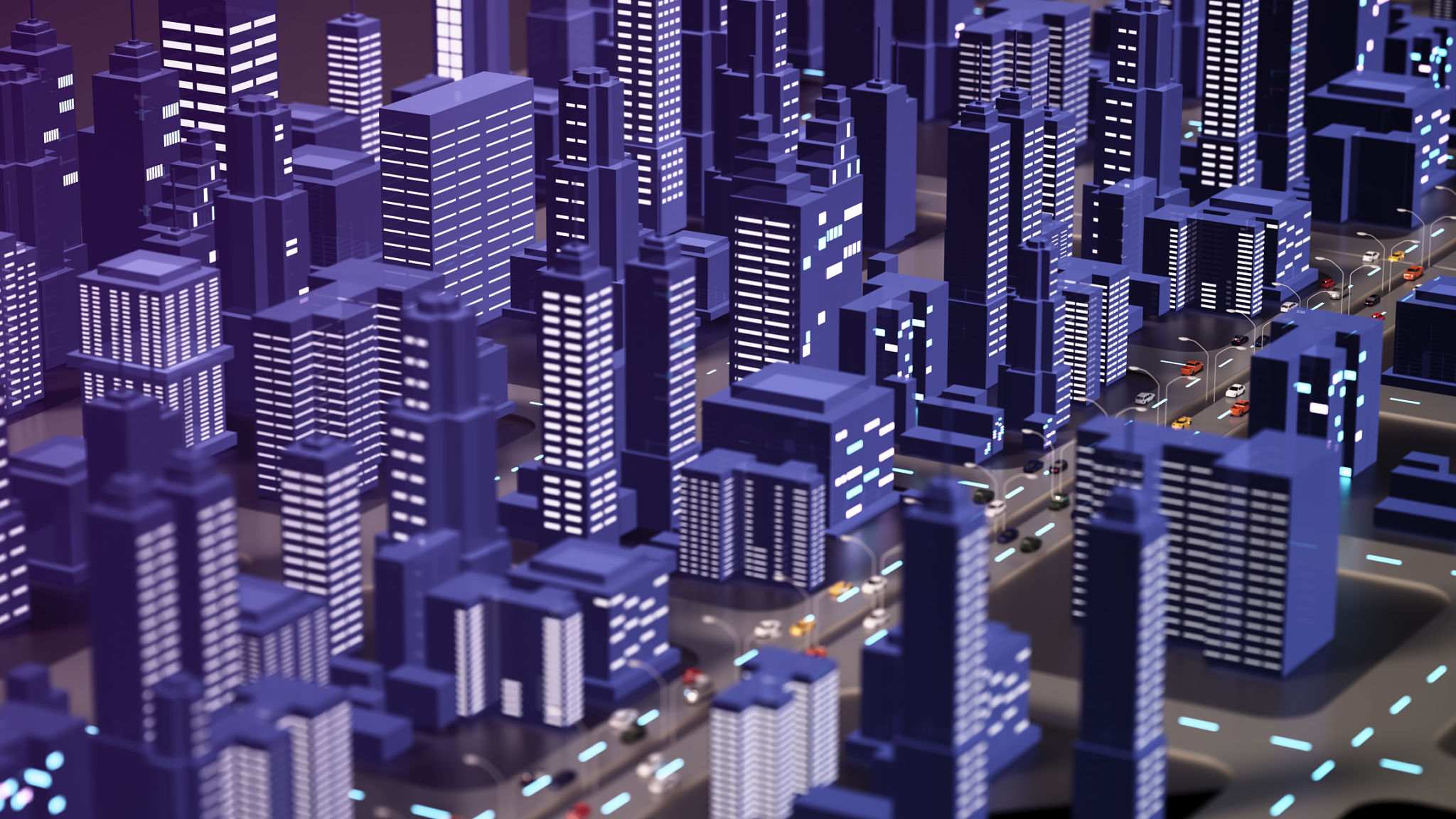A Comprehensive Guide to 3D Printed Restorative Demo Models
Introduction to 3D Printed Restorative Demo Models
The advent of 3D printing technology has revolutionized many industries, including healthcare, engineering, and education. One of the most exciting applications is in creating restorative demo models. These models are crucial tools for professionals who require precise and accurate representations of objects for demonstration and educational purposes.
In this comprehensive guide, we will explore the benefits, applications, and future of 3D printed restorative demo models. Whether you are a healthcare professional, an engineer, or an educator, understanding these models can significantly enhance your work.

Benefits of 3D Printed Restorative Demo Models
One of the primary benefits of using 3D printed demo models is their accuracy and precision. Unlike traditional modeling methods, 3D printing allows for intricate details and complex geometries that are difficult to achieve otherwise. This precision is particularly beneficial in fields such as medicine, where accurate anatomical models are essential for planning surgeries.
Additionally, 3D printed models are cost-effective. Producing these models using traditional methods can be expensive and time-consuming. However, 3D printing streamlines the process, reducing both costs and production time. This makes it easier for organizations to produce multiple versions or updates of a model as needed.

Applications in Healthcare
In the healthcare industry, 3D printed restorative demo models have become invaluable. Surgeons use them to practice complex procedures, improving their skills and reducing the risk of complications during actual surgeries. Moreover, these models are used to educate medical students, providing them with hands-on experience before they encounter real-life scenarios.
Additionally, they play a crucial role in patient education. Patients can better understand their medical conditions and proposed treatments by visualizing them through these tangible models. This leads to improved communication between patients and healthcare providers and ultimately enhances patient satisfaction.

Engineering and Manufacturing
The engineering sector also benefits significantly from 3D printed demo models. Engineers use these models during the design phase to visualize and test components before mass production. This process allows for early detection of potential issues, saving both time and resources.
Manufacturers can also utilize these models for quality control. By comparing a printed model to design specifications, manufacturers ensure that the final products meet the required standards. This application further emphasizes the importance of accuracy in 3D printed restorative demo models.

Educational Impact
In education, 3D printed models open new avenues for interactive learning. Students in fields such as biology, chemistry, and physics can benefit from physical models that represent complex concepts and structures. This hands-on approach enhances comprehension and retention of information.
Furthermore, educators can customize these models to fit specific curriculum needs. By tailoring the complexity and detail level of each model, teachers can effectively cater to students at different learning stages.
The Future of 3D Printed Restorative Demo Models
As technology continues to advance, the potential applications for 3D printed demo models will expand. Innovations such as multi-material printing and enhanced printing speeds will further improve the quality and accessibility of these models.
The integration of artificial intelligence with 3D printing technology is another exciting development on the horizon. AI can optimize printing processes and material usage, resulting in even more efficient and sustainable production methods. As these technologies evolve, the impact of 3D printed restorative demo models will undoubtedly grow across numerous industries.